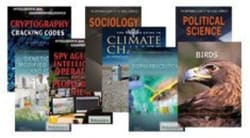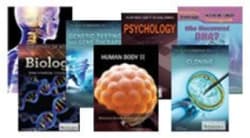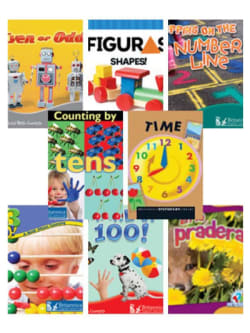Images
Auroras: Behind the Northern and Southern Lights
Changing Matter: Understanding Physical and Chemical Changes
Crystal Growth
Earthquakes
Energy All Around
Fires
Fossils and Rocks
Geysers and Hot Springs
How Ecosystems Work
Let’s Classify Organisms
Let’s Investigate Light
Mirages and Other Marvels of Light and Air
Organisms that Glow
Rainbows and Other Marvels of Light and Water
The Wonderful Water Cycle
Tornadoes
Tsunamis
Volcanoes
Volcanoes
What are Air Masses and Weather Fronts?
What Are Gems?
What Are Igneous Rocks?
What Are Metamorphic Rocks?
What Are Minerals?
What Are Natural Disasters?
What Are Rivers, Lakes, and Oceans?
What Are Sedimentary Rocks?
What are the Elements of the Weather?
What are Weather and Climate?
What are Weather Instruments?
What is a Constellation?
What Is a Landform?
What is a Moon?
What is a Planet?
What is an Object in the Sky?
What Is Soil?
What is the Atmosphere and How Does it Circulate?
What is the Milky Way?
What Is the Rock Cycle?
What is The Sun?
What Is the Water Cycle?
What is Weather Forecasting?
What Is Weather?
Whirlpools
Similar resources
Ignite curiosity. Celebrate independent discovery. Collaborate, communicate, and achieve. All are goals of educators, and all are within reach when you choose Britannica Digital Learning for your classrooms and libraries.
Digital resources with the quality you trust
Tap into the knowledge of experts from around the globe, including historians and Nobel Prize winners. Add in Britannica’s in-house editorial proficiency and fact checking. Combine with the experience of curriculum specialists, educators, and professional developers of innovative technology products. The result is high-quality, standards-aligned, award-winning resources that make teaching and learning more effective.
Reach beyond A to Z
Widely recognized as the ultimate reliable source for fast facts or deep research, Britannica also offers supplemental curriculum resources for language arts, science, social studies, and math, all accessible in the classroom, from the library, or at home.


High School World History Collection

High School STEM Collection

Health and Life Science Collection

Elementary Physical Science Collection

Elementary Mathematics Collection













